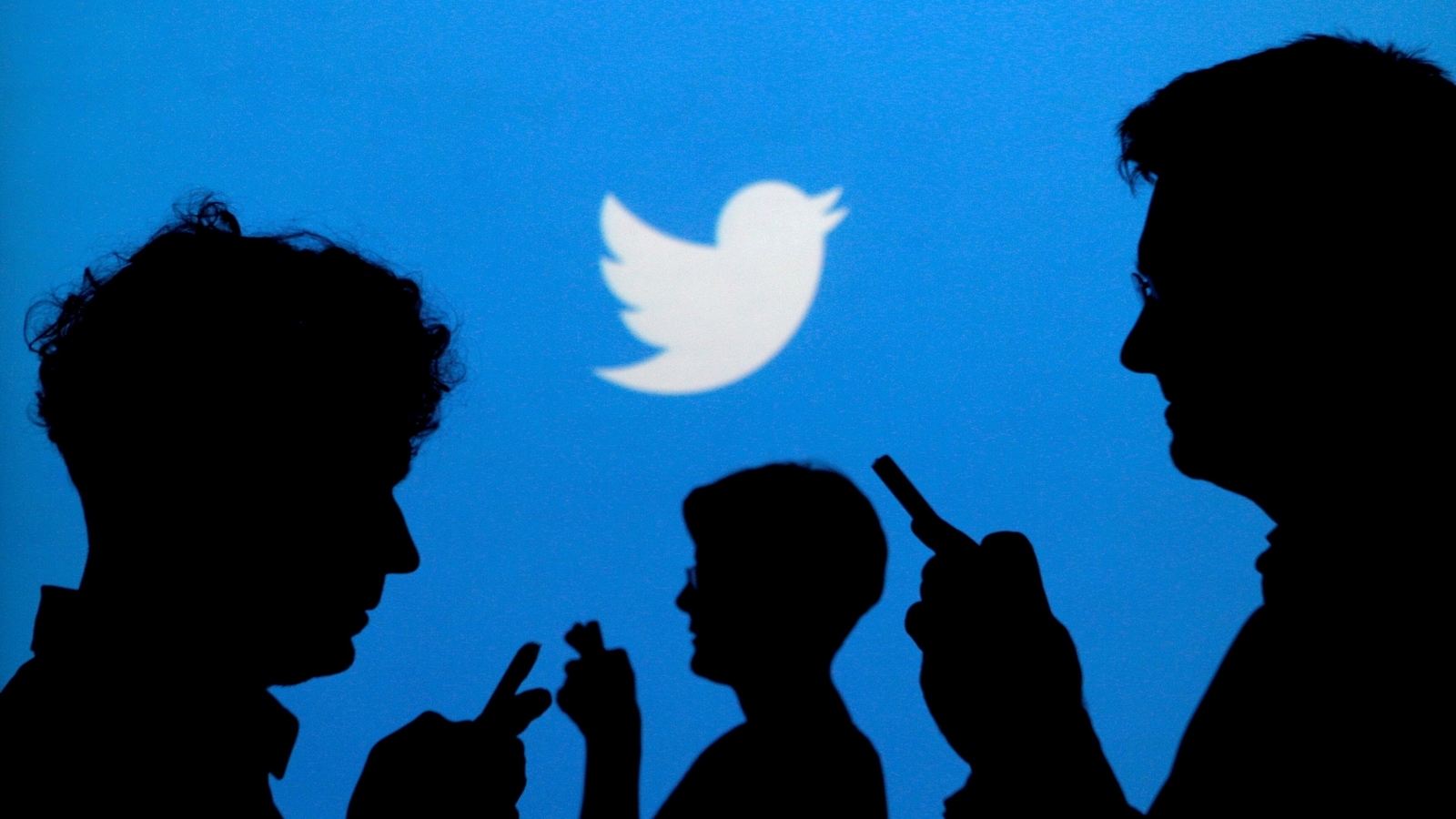Bias! Twitter contest reveals it favours young, light-skinned, attractive faces
Twitter contest shows how its algorithms discriminate against people based on their age, sex, race, skin tone and other features.

Last year, Twitter courted controversy when users called out the microblogging platform for preferring white users' faces over persons of colour. Users had identified several cases of Twitter cropping the previews of images to focus on lighter-skinned persons in the image, which prompted the company to disable its automatic image cropping tool. Following on, Twitter announced a competition for users to identify biases in its algorithms, which concluded recently.
Now, Twitter has announced the results of that competition and identified three ‘winners' who have managed to prove that Twitter's algorithm is actually biased towards certain types of content. The first-place entry showed how Twitter's photo cropping algorithm amplified biases in society by cropping out people who did not meet the algorithm's “preferences of body weight, age, skin colour”. The researcher, Bogdan Kulynych used the AI software StyleGAN2 to create realistic male and female faces with varying skin colour to test the photo cropping algorithm.
Also read: Looking for a smartphone? Check Mobile Finder here.
Drumroll please! Our first-ever algorithmic bias bounty at #defcon wrapped this weekend, and the winners were announced at yesterday's #defcon @aivillage_dc workshop. ICYMI, you can watch a recording of the presentation here https://t.co/0cCwSAzSAq
— Twitter Engineering (@TwitterEng) August 9, 2021
The second-place entry in the contest was awarded to Halt AI, which found that Twitter's saliency algorithm further marginalised users who were elderly and disabled, and cropped them out of photos which reinforces spatial gaze biases.
The third place went to human rights scholar Roya Pakzad who showed how the Twitter algorithm harms linguistic diversity online by cropping Latin scrips over Arabic scripts in bilingual memes.
Twitter also gave the most innovative award to security researcher Vincenzo who found that the algorithm even favoured light-skinned emoji over their dark skin tone counterparts.
Twitter's response to accusations of racial and gender bias has been an open one, as compared to other companies that have not allowed an open audit of their systems in this manner, as the Verge notes. It is important to point out that most algorithms suffer from these societal biases and such open competitions help companies build better services that are beneficial to all users.
Catch all the Latest Tech News, Mobile News, Laptop News, Gaming news, Wearables News , How To News, also keep up with us on Whatsapp channel,Twitter, Facebook, Google News, and Instagram. For our latest videos, subscribe to our YouTube channel.































